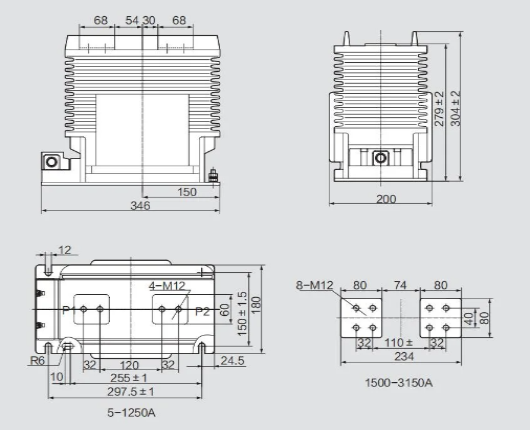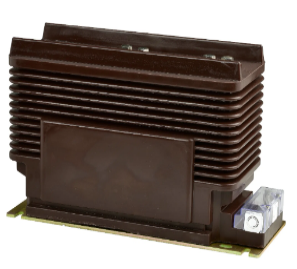| Brand | POWERTECH |
| Model NO. | Current Transformer with Inflatable Switchgear |
| Rated frequency | 50(Hz) |
| Series | LZZB |
Product Description
Transformer is also known as the utility Transformer, is the current Transformer and voltage transformer collectively. Can turn high voltage into low voltage, large current into small current, used to measure or protect the system. Its main function is to convert high or large current into standard low voltage(100V) or standard small current(5A or 1A) in proportion so as to standardize and miniaturize measuring instruments, protective equipment and automatic control equipment. At the same time, the transformer can also be used to separate the high voltage system to ensure the safety of the person and equipment.
In power lines, the current difference from a few to a few thousand, voltage difference from several volts to several million volts. The current voltage in the line is high, so it is very dangerous to measure directly. To facilitate the conversion of the secondary instrument to a uniform current voltage, the Transformer is used to change current pressure and isolate electricit
Basic Info.

Parameters

Exterior dimensions

Product show







